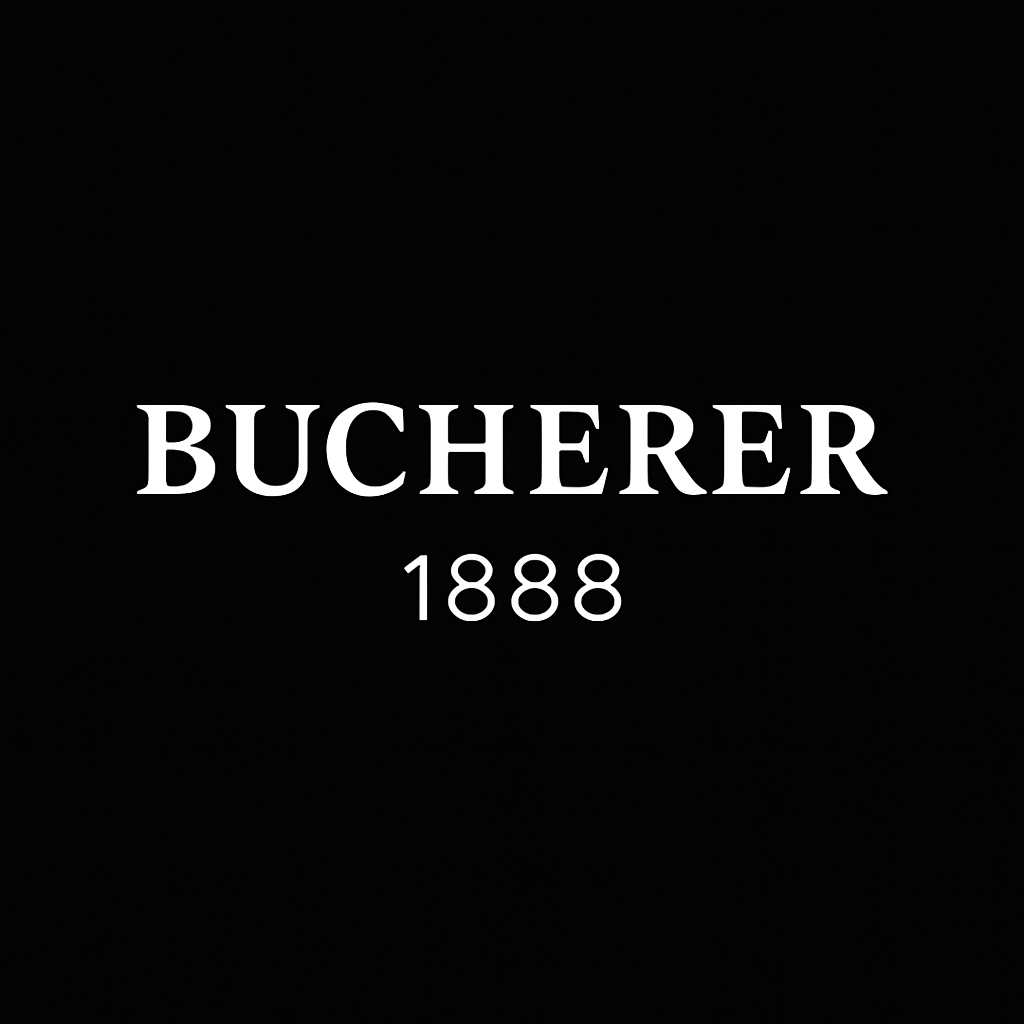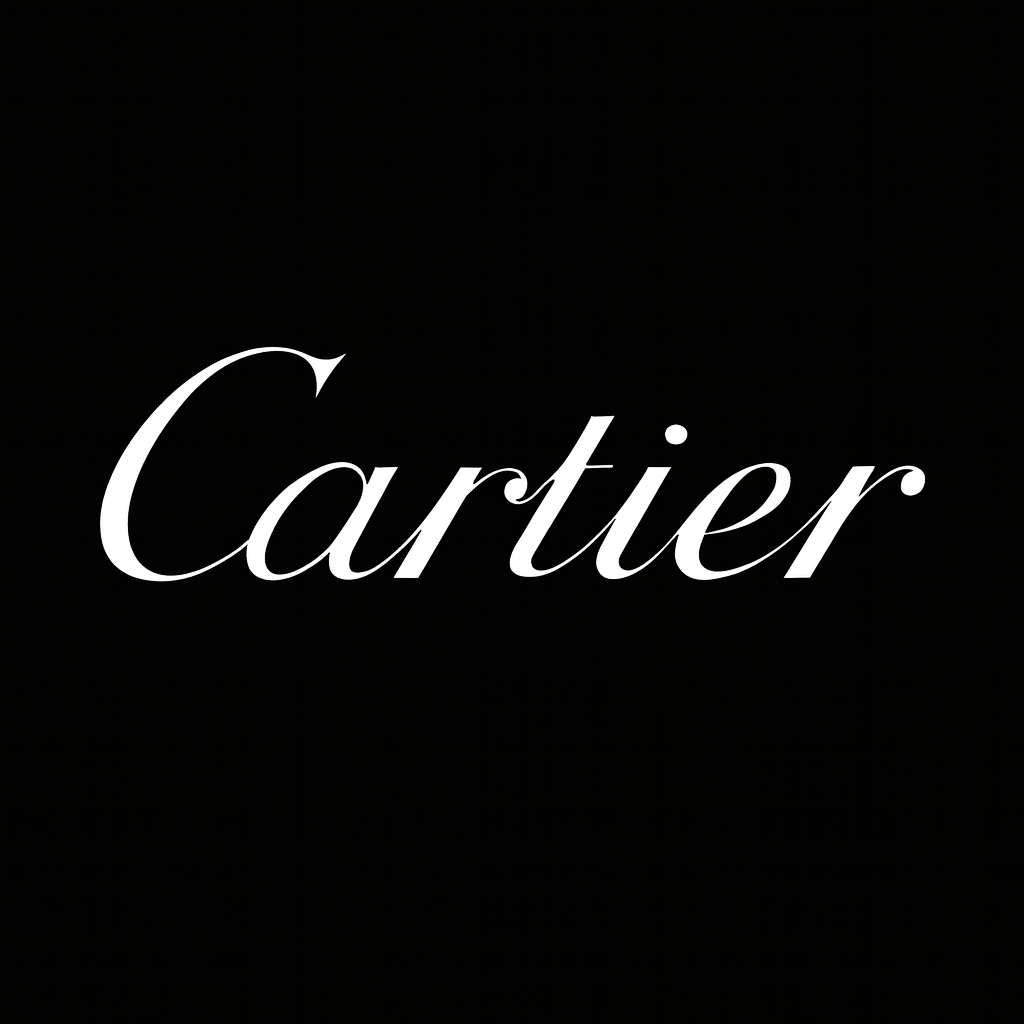
Bucherer
The story of the House of Bucherer began in 1888, when Carl Friedrich Bucherer opened his first watch and jewelry shop in Lucerne, Switzerland, quickly establishing a reputation for quality and originality. Over decades, under the continuous stewardship of the Bucherer family, the enterprise evolved from a local success into a global retail superpower.
Bucherer’s global reputation built heavily on one strategic pillar: its nearly century-long trusted alliance with Rolex. The partnership began in 1924, when Hans Wilsdorf (Rolex’s founder) first entrusted his nascent watch brand to the Lucerne retailer. Bucherer became Rolex’s single largest and most important distributor worldwide, the indispensable gatekeeper managing the final, crucial interaction between the "Crown" and the client. This unrivaled retail network, which eventually spanned over 100 points of sale worldwide (including the major American retailer Tourneau) , established Bucherer as the ultimate purveyor of luxury: a status built not on its own watches, but on its ability to control access to some of the world’s most desired timepieces.
The Failure of Ambition
The Carl F. Bucherer (CFB) watch brand, founded on the retail heritage of 1888 , was the passionate "prestige project" of the long-time Chairman, Jörg Bucherer. CFB invested heavily in serious watchmaking, developing proprietary in-house movements and pioneering technical solutions, most famously the peripheral winding rotor, which allowed for thinner designs and unobstructed views of the movement.
However, the brand failed the most critical test of luxury, as articulated by the Kapferer framework: the necessity of cultural capital and emotional desirability. This technical tragedy lay in the fact that while CFB's ateliers were manufacturing pieces of unquestionable horological complexitysuch as the Manero Minute Repeater Symphony and the innovative peripheral rotor technologythe brand was unable to p this mechanical mastery into a universally captivating emotional narrative. In the rarefied world of high luxury, CFB's offerings were routinely perceived as aesthetically mainstream. They failed to capture the imagination of connoisseurs or the broader public, demonstrating that technical merit and an estimated investment of CHF 250 million simply could not substitute for the intangible allure, or "dream value," required to fuel desire. Consequently, the CFB watches figuratively "never left the shop".
The Rolex Acquisition
The destiny of this retail dynasty was ultimately decided by a familiar succession problem: Jörg Bucherer, facing no direct family heirs, decided to sell the empire. In August 2023, Rolex intervened, acquiring the entire Bucherer Group for an estimated CHF 3 billion. This was not a luxury purchase; it was a ruthless act of strategic defense by Rolex. The "Crown" could not afford to risk its primary global distribution network falling into the hands of a rival conglomerate (such as LVMH or Richemont).
The acquisition achieved a critical vertical integration for Rolex, which now controls the supply chain all the way to the final point of sale. The strategic goals are clear:
- Distribution Command: Gain unparalleled control over global retail allocation (including Bucherer's 100+ stores and Tourneau's major US presence). This control is key to maintaining scarcity and desirability
- Market Control: Better manage the highly disruptive grey market and speculative behavior that harms brand equity.
- CPO Standardization: Solidify Rolex's Certified Pre-Owned (CPO) program, which was initially rolled out through Bucherer, setting the standard for secondary market value.
The acquisition concluded with a definitive statement on luxury strategy: the reported discontinuation of the unprofitable Carl F. Bucherer watch brand in early 2025. Rolex maintained the valuable retail network but performed a swift, surgical elimination of the struggling internal brand, keeping a focused portfolio while securing access to CFB’s advanced peripheral rotor technology for its own long-term innovation.
Today, the Bucherer name continues as a retail banner, a powerful asset within the Rolex ecosystem, cementing the new era of total luxury brand control.
By
September 5, 2025
.png)
.png)



